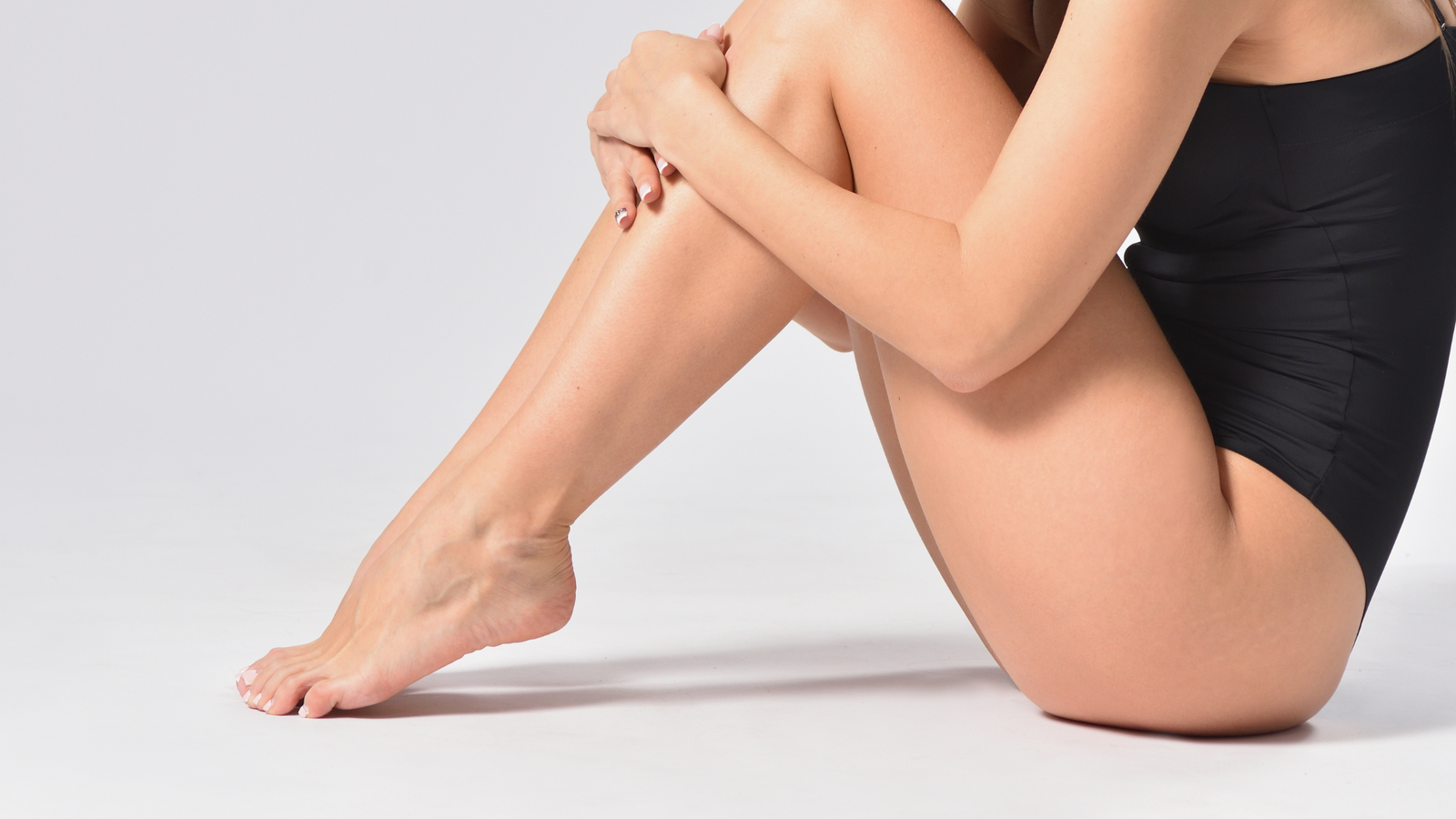
For vulva owners, occasional dryness and itchiness is common - it comes with the territory of constantly fluctuating hormones! But not all issues below the belt should be dismissed so easily. If you’re experiencing chronic pain accompanied with changes in vulvar skin texture, a condition called lichen sclerosus could be the culprit. We sat down with Dr. Jill Krapf, MD and renowned vulvar pain specialist at the Center for Vulvovaginal Disorders for her expert insights about this condition.

Q: First things first… What is the vagina?
A: “The vagina is that muscular tube that’s on the inside - the part we can’t see. When we’re talking about lichen sclerosus, we’re almost always talking about the vulva.”
Q: What is the vulva?
A: "When we're talking about the vulva, we're talking about the part you can see with your eyes - the external genitalia. There's multiple parts to that, including the labia majora (the outside labia), the labia minora (the internal labia), the clitoral hood and the clitoris at the top, and then within the labia minora you have an area called the vestibule. Lastly, you have the anus. Lichen sclerosus most often affects the area around the vulva and around the anus.”
Q: What is lichen sclerosus? What does it look like?
A: “Let me start by saying lichen sclerosus is not a sexually transmitted infection, and is not contagious,” says Dr. Krapf. It is a benign inflammatory skin condition that is vulvar LS is characterized by shiny white patches on the skin, a wax paper texture, itching, and pain. It could also include skin tightening, pain during sex, and changes in vulvar appearance like loss of skin pigmentation, loss of labia minora or covering of the clitoris with the clitoral hood. Many of these changes can be detected with a self-exam at home, but you should consult your medical provider if you feel something isn’t quite right. Proper diagnosis is key to addressing any skin condition.
Q: Who can get lichen sclerosus?
A: “Lichen sclerosus can affect both males and females, and can occur in people of all ages, including children. Young girls and postmenopausal women are the most diagnosed cohorts. There also seems to be a connection between LS and thyroid disease; about 12-14% of people who have lichen sclerosus also have thyroid disease.”
Q: How common is it?
A: “We don’t know for sure because there are so many issues surrounding diagnosis, but I would say it’s probably 1 in 300 to 1 in 1000.”
Q: What are some of the issues surrounding diagnosis?
A: “There is typically a 5-year lag in diagnosis but we’ve seen it take some patients up to 15 years to receive an accurate diagnosis of lichen sclerosus. Many people are first treated for recurrent yeast infections or even herpes simplex. My patients see an average of seven doctors before they come to see me, and I’m hoping through education of both patients and providers that we can change that.”
Q: What causes lichen sclerosus?
A: “Lichen sclerosus ispresumedto be an autoimmune condition. We believe that at the bottom of the seven skin layers there’s a protein or proteins that the body recognizes as not self. When this happens, the body builds an immune response to this protein that creates a layer of inflammation in the bottom layer of skin. It’s that layer of inflammation that causes the above layers to regenerate in a way that incorporates stiffer forms of collagen. This only happens where the protein is expressed - not the whole body - and this protein is usually expressed in the genital and perianal region. This is why lichen sclerosus is most often experienced in the vulvar area. The problem is we haven’t discovered what this protein is yet.”
Q: What does treatment look like?
A: “The gold standard of treatment at the moment is a topical corticosteroid to reduce inflammation. But because there are several layers of tissue between where you’re applying the steroid, and that bottom layer where the inflammation is occurring, I have my patients soak in warm water for 15-20 minutes before applying the steroid to soften the skin.”
Q: What does living with lichen sclerosus look like?
A: “Because this is a local immune response, symptoms can wax and wane in a flare cycle. There are multiple things that can affect that - diet, hormones, stress, and a number of other things. Many of my patients tell me they’ll get a flare right before their menstrual cycle or have noticed an increase or decrease in flares based on dietary choices.”
Q: What can I do to find relief?
A: The most important thing you can do is consult reputable resources like Dr. Krapf (on Instagram @jillkrapfmd), The Lichen Sclerosus Support Network, or @thelostlabiachronicles. Empower yourself with knowledge and find a tribe that can lend support!
If you’re looking for sweet relief from dryness, irritation, stinging and itch, Rescue Balm, thanks to its clean formulation free-from all known irritants, may be used in adjunct to prescription based medications. Safety tested and approved by both dermatologists and gynecologists, it contains effective levels of 92% naturally-derived actives like allantoin, zinc oxide, and prebiotic colloidal oatmeal to soothe and nourish the skin while reinforcing the skin’s natural defenses and forming a protective barrier to help make everyday activity and function more comfortable.
SHOP RESCUE BALM
Q: What can I do to help advocate for the lichen sclerosus cause?
A: “It’s really hard to get funding for this research. Other more well-known conditions get a lot of publicity and support, whereas lichen sclerosus doesn’t. Lichen Sclerosus Support Network has plans to help, so I would recommend people support that organization. The other thing you can do is volunteer for clinical trials. We need to know what’s happening before treatment and after treatment.”
Remember there is no shame in seeking help! Vulvar skin is skin, after all - it deserves the same treatment you give the more visible parts of yourself.
Let's Talk About: Lichen Sclerosus
For more information on LS, check out our recent live virtual event with SSL CEO Julie Chamberlain, pelvic pain specialist Dr. Jill Krapf & Kathy Ruiz-Carter, from The Lichen Sclerosus Support Network.
This website is for informational purposes only and not to be considered as medical advice. This information is not intended to diagnose, prescribe, treat, or cure any medical condition.




